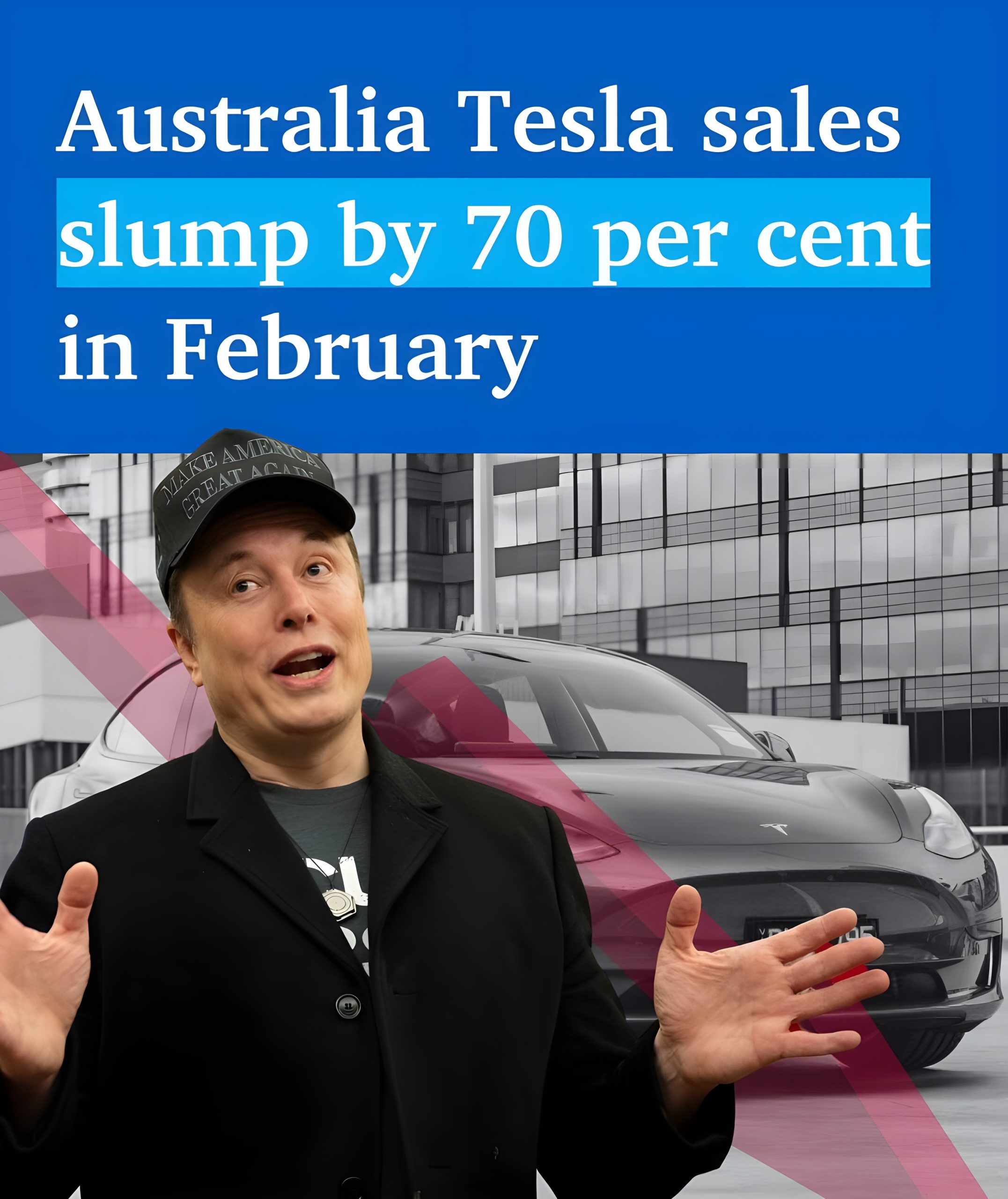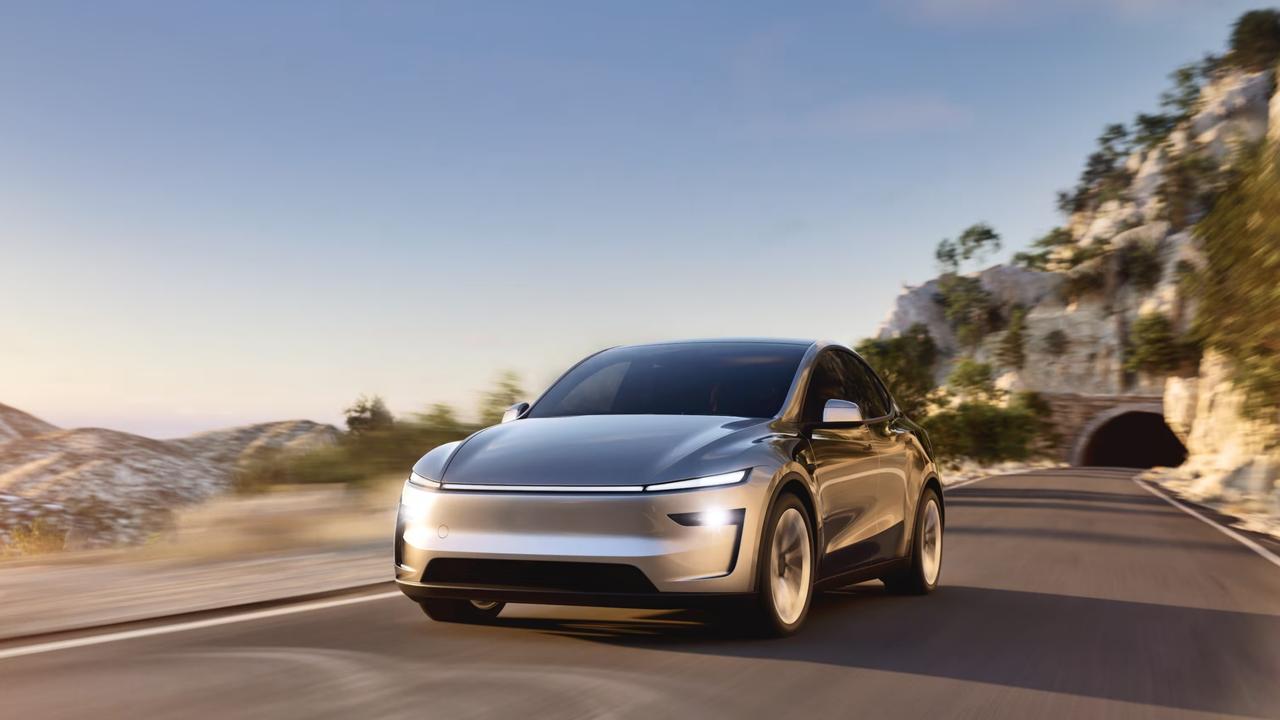Australia Tesla sales slump by 70 per cent in February 2025
In a surprising turn of events, Tesla’s sales in Australia plummeted by 70% in February 2025, marking one of the most significant drops in the electric vehicle (EV) giant’s history in the region. This sharp decline has left industry experts and consumers alike questioning the factors behind this dramatic slump and what it means for the future of Tesla in Australia.
A Sudden Drop in Demand
Tesla, once a dominant force in Australia’s EV market, has seen its sales figures nosedive in early 2025. Data from the Federal Chamber of Automotive Industries (FCAI) reveals that only 1,200 Tesla vehicles were sold in February, compared to over 4,000 units during the same period in 2024. This decline is particularly striking given the growing global push toward sustainable transportation and the increasing popularity of EVs worldwide.
Contributing Factors
Several factors appear to have contributed to this unexpected downturn. One of the primary reasons is the rising competition in the Australian EV market. Traditional automakers like Hyundai, Kia, and Toyota have aggressively expanded their electric vehicle lineups, offering more affordable and diverse options to consumers. These brands have capitalized on Tesla’s premium pricing, appealing to budget-conscious buyers who are eager to transition to electric but are unwilling to pay a premium for Tesla’s models.
Additionally, supply chain disruptions have plagued Tesla’s operations globally, and Australia has not been immune. Delays in vehicle deliveries and a lack of inventory in key markets have frustrated potential buyers, pushing them toward competitors with more readily available stock.
Another critical factor is the changing regulatory landscape. While Australia has been slower than other countries to adopt EV-friendly policies, recent state-level incentives for non-Tesla EVs have shifted consumer preferences. For instance, some states have introduced subsidies and tax breaks specifically for locally assembled or more affordable electric vehicles, putting Tesla at a disadvantage.
Consumer Sentiment and Brand Perception
Tesla’s brand perception in Australia has also taken a hit. Reports of quality control issues, such as battery performance in extreme heat and concerns about after-sales service, have eroded consumer confidence. Meanwhile, Tesla’s decision to reduce its physical presence in Australia, including showrooms and service centers, has left many customers feeling underserved.
What’s Next for Tesla in Australia?
Despite this slump, Tesla remains a key player in the global EV market, and the company is likely to take steps to regain its footing in Australia. Analysts suggest that introducing more affordable models, improving local infrastructure, and addressing customer service concerns could help Tesla rebound. However, the company will need to act quickly to counter the growing competition and shifting market dynamics.
In conclusion, Tesla’s 70% sales slump in Australia is a wake-up call for the automaker. While the EV market continues to grow, Tesla must adapt to local challenges and evolving consumer preferences to maintain its position as a leader in the industry. The coming months will be critical in determining whether Tesla can turn the tide or if its decline marks a broader shift in Australia’s automotive landscape.






